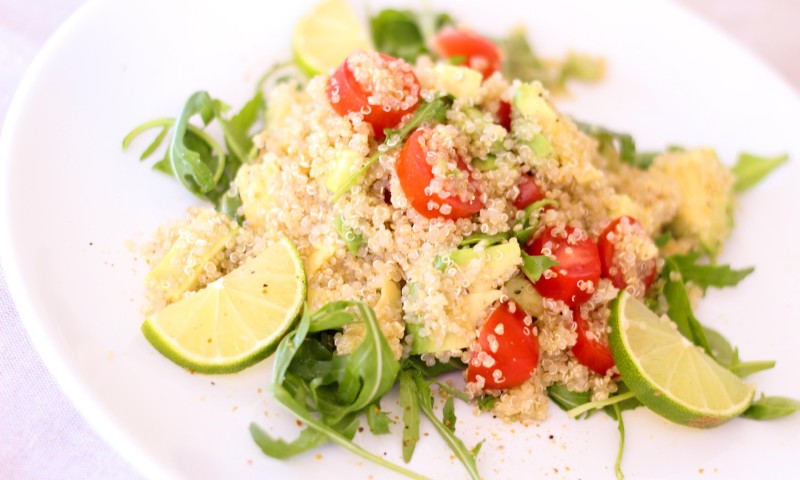Information about nutrition is everywhere you look. You’ll find it online, surfacing across magazine covers, promoted on television commercials and even in grocery store advertisements.
While having information about the food you eat can be helpful, it can also be a little overwhelming! Messages about nutrition don’t always agree, and with all of this perplexing information, how do you know what to eat?
Food Trends – The “Latest” and “Greatest”
When you think about trends in food and nutrition, it’s almost like the flood of information you’d see when purchasing a vehicle or searching for the latest fashion statements.
There are always going to be new diets, super foods and “eat this, not that” messages. Let’s take a look at some of today’s most common food trends and see how they stack up. What do you REALLY need to know?
Greek Yogurt
Greek yogurt is praised for its high protein content, smaller amounts of sugar and thicker consistency. It’s often promoted as a great mid-day snack and addition to a healthy breakfast, and its versatility gives it great appeal. You can add in fresh fruit, whole grains and other healthy additions.
What Should you be aware of? Not all Greek yogurt products are the same. You may see unhealthier food items coated in Greek yogurt, thus giving it a false health appeal. Always make sure you read the nutrition label before purchasing a product advertising Greek yogurt!
Kale
Kale is everywhere! You’ll usually find it in your salad, smoothies or even in your bag of chips. While it’s high in Vitamin A, C, K and B6, and packed with lots of other nutrients, just be careful how your kale snacks are prepared.
What should you be aware of? Watch out for added sugars and fats such as those that come with highly-sweetened smoothies or fried chips.
Almond Milk
For people who choose a vegan lifestyle or are lactose intolerant, almond milk can be a great option. It’s also generally lower in calories and carbohydrates, rich with calcium and lower in fat that regular milk.
What should you be aware of? If getting enough protein is a big concern of yours, know that almond milk is lower in protein than cow’s milk.
Protein Bars
These diet “wonders” are convenient for people who are looking for a grab-and-go meal or snack. Sure, they’re an easy fix for those helpless times when hunger strikes, but they do come with a few downsides.
What should you be aware of? Protein bars are often loaded with added sugars and carbohydrates to mask the taste of additional protein. A good tip is to make sure your protein bar has at least 15-20 grams of protein and has equal to or less than five grams of sugar.
Quinoa
This power grain has gained tons of notoriety throughout the years. You’ll often find it in salads or side dishes, and it’s one of the few plant-based sources of protein. It’s also high in fiber and added B vitamins, which makes this food trend a great option to include in your meal plan!
What should you be aware of? Portion sizes. Quinoa is a very healthy dish, but just like with all foods, portion sizes add up and pack-in extra calories.
Want More Information about Popular Food Trends, Tips and Recommendations?
You can read the full article from Your Weight Matters Magazine by CLICKING HERE.






